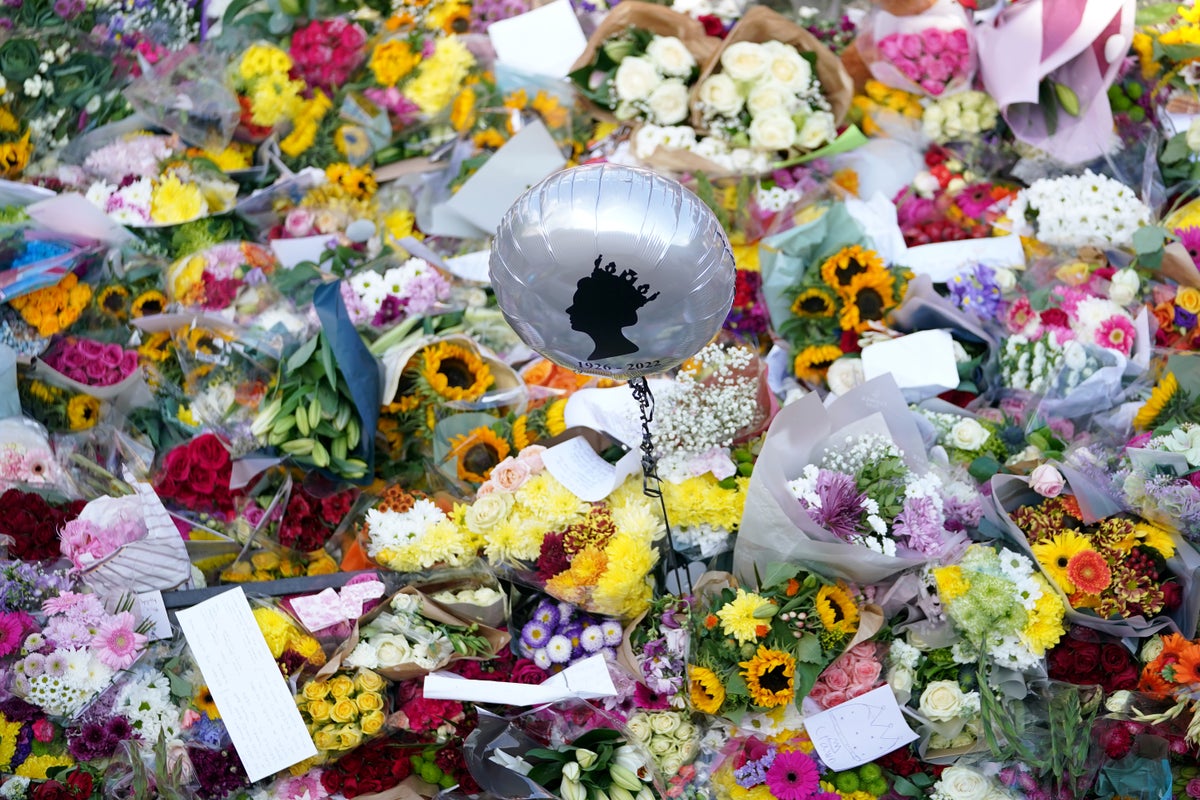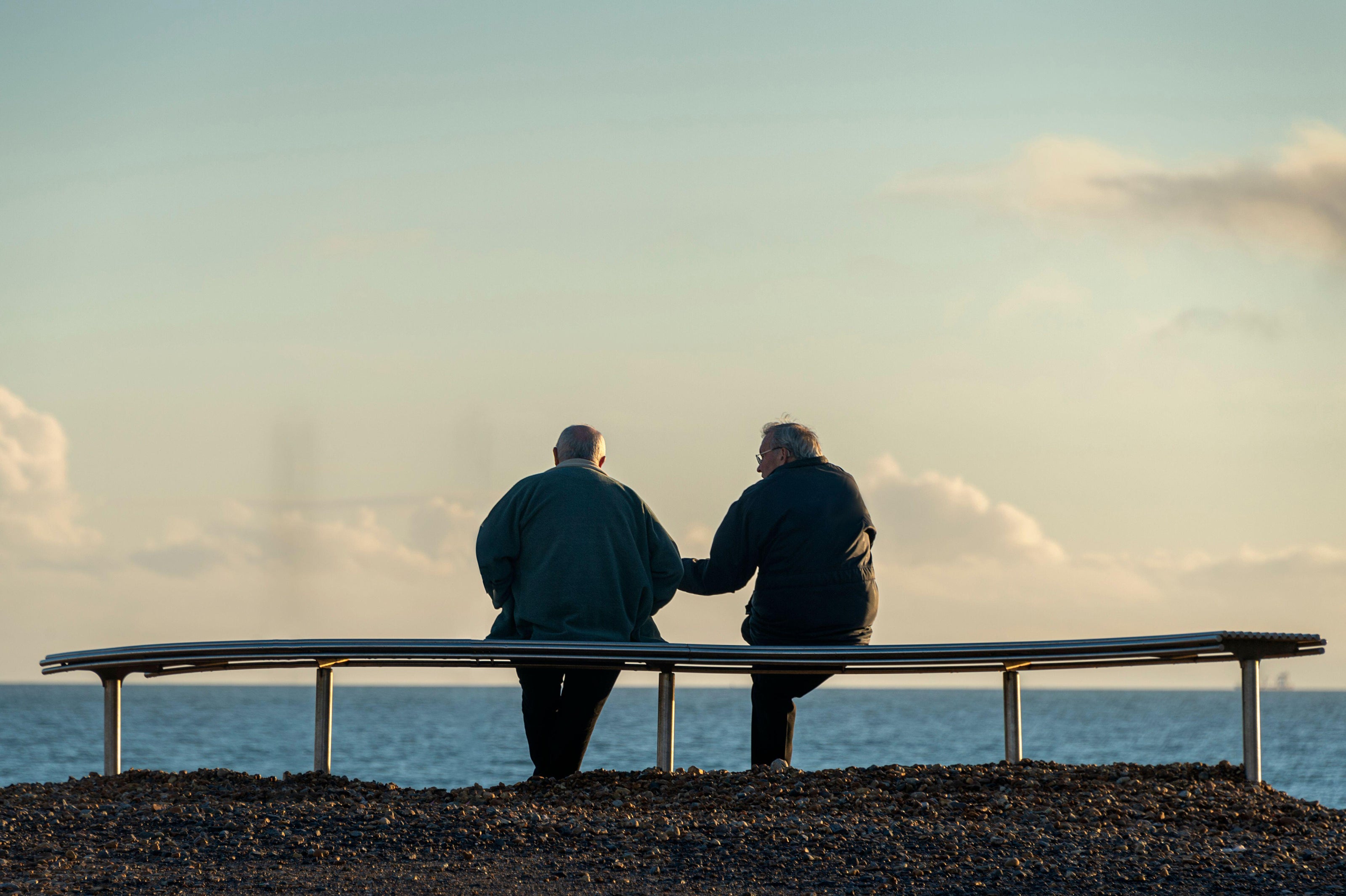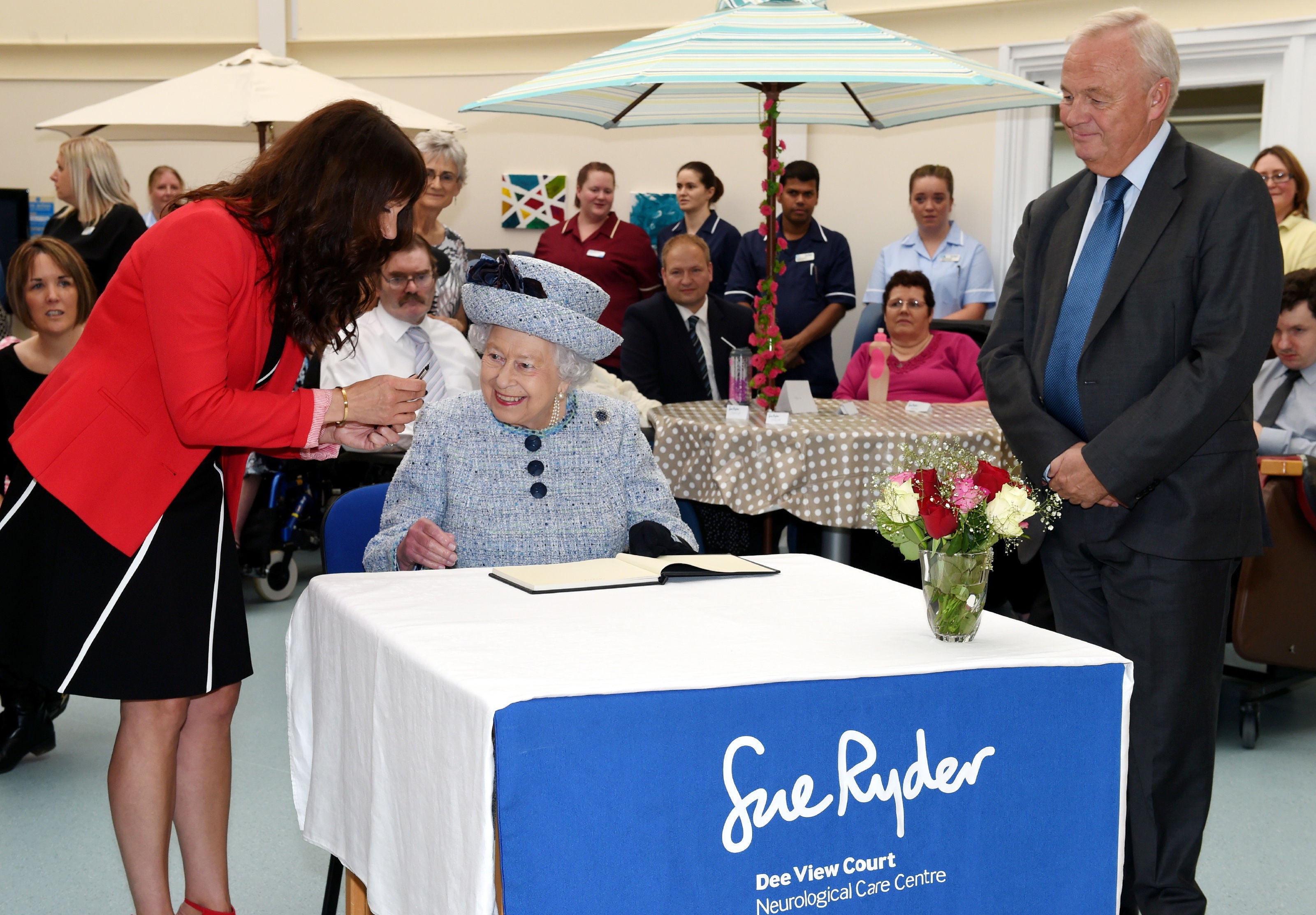
We officially became a nation in mourning following the Queen’s death.
The classic hallmarks of grief have all been present: flowers, tears, talks of sadness and sorrow, everything moving slowly and quietly. As well as some more unusual elements – like a five-mile queue to see her lying in state, and a bank holiday declared for her funeral.
There’s been an outpouring of warm tributes too.
Tweets, TV specials, articles and photos have been celebrating the monarch’s 96 years and record-breaking 70-year reign – from her penchant for bright hats and gin cocktails, to her beloved animals and private jokes sneaked in during meetings and visits.
Of course, there are big differences between mourning a very public figure like the Queen, and losing loved ones in ‘normal life’. But it brings an important question to focus: when somebody dies, can we celebrate their life, and mourn at the same time?
Soothing the soul

Malachy Dunne, a counsellor and founder of Lifetime Therapy (lifetimetherapy.co.uk), who has extensive experience working with bereavement, says allowing space for both celebration and mourning is not just possible, but healthy.
“Celebrating the life of a person who has died is a long-established human behaviour. If we think of a wake, people sit together sharing stories of the person who has died – it is extremely rare that the stories are derogatory. In coming together to celebrate, it eases the pain and isolation of loss. Immediately after the Queen’s death, people were able to come together and celebrate the accession of the new King, creating a future for themselves, which carves a pathway through the grief.
“Gratitude has been demonstrated to be beneficial for our mental and emotional wellbeing. By practicing it while grieving, we begin to rewire the neurons in our brain and move away from anxious and depressive thoughts, which sets up a virtuous circle where adrenaline and cortisol go down, and helpful hormones like endorphin, serotonin and dopamine go up.”
Grief can take us by surprise
Psychologist Bianca Neumann, head of bereavement at Sue Ryder (sueryder.org), the palliative, neurological and bereavement support charity, notes that many of us grow up with an idea of how grief ‘should’ look. This is often based on things we may have witnessed in our own lives or on TV – of sombre funerals and crying next to gravestones, for instance. In reality, grief is complex, unpredictable and has no set rules. “Most of us don’t actually know what it’s all about until we are in it,” Neumann says.
She acknowledges there may be differences in attitudes towards mourning. “Maybe we’ve seen how our grandparents died and [how] people around us behaved, that might often still be quite a traditional way of dealing with grief,” she says. “Whereas now, we have grief parties, [or] people may dress in outrageous outfits because they want to reflect and celebrate that person’s personality and life. They might want to bring music and life into it. That can often then clash with people who might have a more traditional view of how a funeral should look.”
We may not always understand how somebody else is dealing with grief, but that doesn’t mean they’re doing it ‘wrong’. Being mindful of this is helpful, says Neumann, especially as “feeling judged when you grieve” can add to the pain of a loss.
We can feel lots of things at once

Emotions aren’t always straightforward. “With clients, I talk of parts of ourselves – the concept that we can be overjoyed and also sad. When we realise that we’re multifaceted, we can find acceptance for that – which is a much better starting point for dealing with grief,” Dunne explains.
“Many of us have been brought up to believe we need to have a single emotion about an event – but we are more complex than we are led to believe. We are all made of these many parts, and they can coexist beautifully, making us imperfectly human.”
Different timelines

While celebrating a life and sharing happy memories can be beneficial, Neumann says it’s important we’re not pressured to match each other’s timelines.
“Celebrating someone’s life is important. Equally, it’s important to not feel pushed into doing so either, and really asking: what is meaningful for me to engage with right now? Do I feel like that at this moment in time? Do I want to show my grief with tears, crying, appearing low, maybe not engaging with the laughing, or to feel: ‘Actually, it’s OK for me to laugh right now or tell a funny story about this person’.
“Often we try to navigate what’s the right pitch, what’s the right tone in a group setting,” she says. “But ultimately, people have to be brave and think what is it that I need as part of my grieving in my relationship with this person.”
The light and the dark

Making room for celebration may even start before somebody dies. The Queen was Royal Patron for Sue Ryder – Neumann says her visits to the charity’s hospices were always meaningful. They shone a light on the “staff and volunteers who work tirelessly around death, dying and bereavement every day” and also felt like an “honour” for patients and their loved ones.
“Not many people know what a hospice really does. They think this is where you go to die, and perhaps have an idea of what that looks like. But there is a lot of colour, and people making the most of the time they have. Animals coming in, people having romantic dinners in their room with their partner. They might have weddings in hospices too,” says Neumann.
“There is a lot of celebrating that can go with dying too – I guess people have that mindset of every minute in our life counts, so let’s see how we want life to look before we die. Maybe that’s a lesson we can learn from.”







